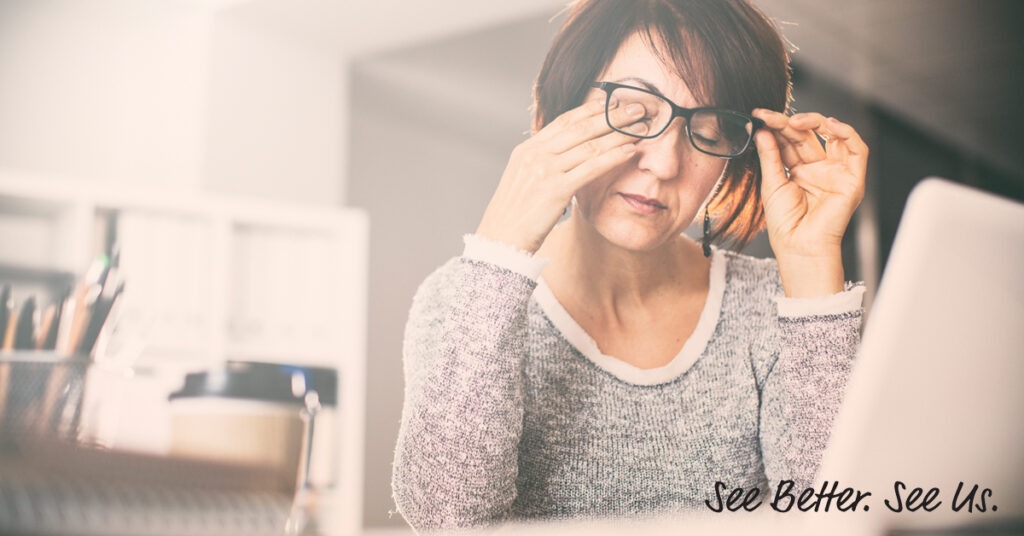How to look after your eyes when in isolation

We know it can be easy to turn to our phones and digital devices for isolation releif while you are stuck at home, however with many of us working and learning from home it is important to make sure you are looking after your eyes. To help you remeber to rest your eyes from the harsh Blue Light our devices emitt we have create a list of ways you can look after your eyes while at home.
1. Limit screen time on your phone
Modern smartphone software makes it easy to monitor and limit how much you use your phone. On iOS devices, this is called “Screen Usage”; Android calls it “Digital Wellbeing.”
When activated, these free, built-in features will monitor how much time you’re spending on your device. This includes overall usage and time spent within individual apps.
You can go a step further and set time limits for different apps. If you’re spending two hours a day on one app, try limiting it to an hour and a half to start, inching your way down over the coming days and weeks.
TIP FOR PARENTS: These same tools will enable you to track and limit your child’s screen time on his or her phone. You can even lock your child’s phone or set it to power down when a preset screen time limit has been reached.
2. Take breaks from your mobile devices
The simple solution is to monitor total screen time and slowly cut it down as much as possible. But during a period of isolation or quarantine, that’s easier said than done.
If you aren’t ready to cut down on overall screen usage, try slicing up longer periods of screen time with short breaks.
Every half-hour to an hour, take a quick breather. Step outside if possible, or jog around the room (or in place) for a few minutes. Start a big puzzle and vow to take a break to place at least five pieces every time you catch yourself overusing the screen.
Short breaks can lead to greater focus overall. They can also be addictive; stepping away from the TV for five minutes often turns into 10 or 15 minutes. And just like that, you’ve given your eyes and your mind a well-deserved break.
TIP FOR PARENTS: Encourage your children to give their digital devices a rest too. Send them outside to play in the backyard. Research suggests that sunshine helps reduce the risk that your child will develop myopia, otherwise referred to as near sighted. If you are worried your child might be myopic, now is the time to schedule an eye exam.
3. Sunshine
Sunlight cues special areas in the retina, which triggers the release of serotonin. Due to this sunshine is healthy in moderation, however we encourage a combination of sunscreen, sunglasses that offer 100 percent UVA/UVB protection and a wide-brimmed hat will help you enjoy some fun in the sun safely. Every time you or your children go outside without protecting your eyes and the delicate skin around your eyes, you are increasing the risk of eye disease.
4. Exercise your eyes
Eye exercises can help improve your eye health, they can also help your two eyes work better together. However they will not correct eye conditions such as short-sightedness (myopia), long-sightedness (hyperopia) or astigmatism.
Anyone can practise exercising their eyes, whether you already have an existing condition or have no vision problems at all. Each of these exercises aims to make the eye muscles more flexible and they are usually used as a way to improve focusing issues or conditions such as a lazy eye.
5. Start a hobby
Make sure you are keeping your brain active and stimulated during these times. We know how easy it can be to slip into a Netflix comba, especially during these colder months. Knitting, puzzles, drawing, reading and exercising are some of the hobbies our team has picked up these past few months!







